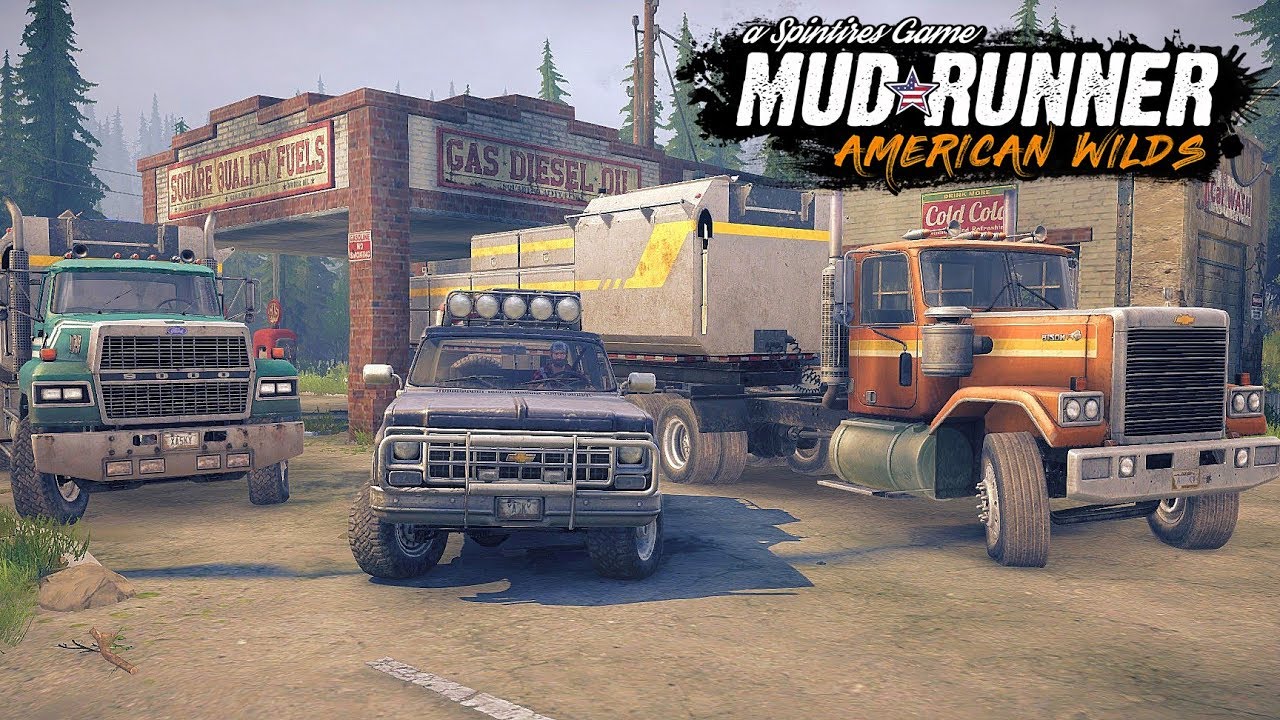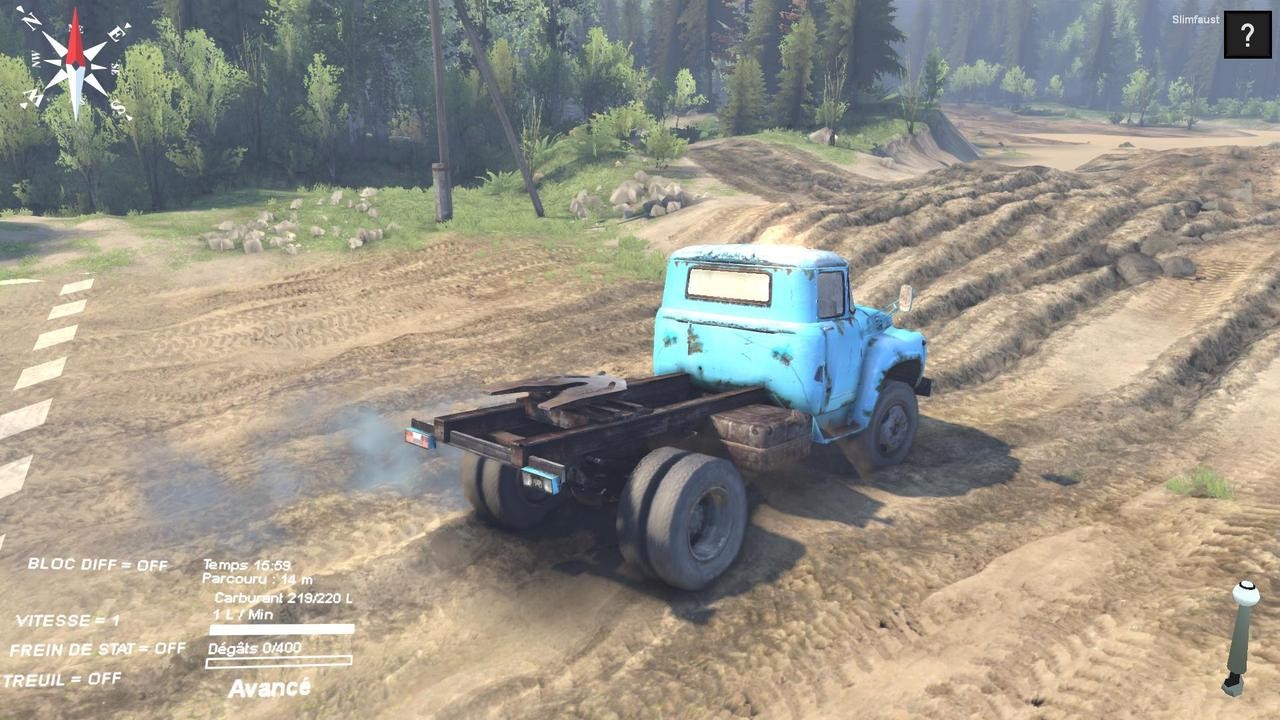

If you don't want your arm pulled off when you reset, leave it at default or drop it 20 points. It can be toggled on & off right from the Vibration & Feedback settings. This setting only takes effect when you reset your car. Soft Lock is only truly effective when your wheel supports 1080 degrees of rotation, so it's up to you if you want it or not (it can be turned off in the Advanced Input settings). The angle is different depending on the car, but it's best to stick this to 150 - as you want to know if you cannot turn the wheels more. This is the setting which stops the physical wheel when going over the Soft Lock steering angle for the car. I tend to set this high so that I know it's a bad crash, but many leave this set at its default (100).

When you crash, this is the setting that tells you how bad the crash is. It's all down to personal feel and preference with this one. Some players opt to set it similar to SAT, while others set it low lower than the rest. The best way to figure out what works best is to push the car way too far, see if you feel it enough, then adjust accordingly. With this setting, it's hard to designate a specific number it should be tuned to. This setting tells you when the rear wheels are about to go over the normal slip angle (when you powerslide/drift), so you should test your tweaks to it with a RWD vehicle. You want to know about both so you can make the appropriate adjustments without throwing the balance of things out of whack. You don't want either to override the other if you go over a bump on tarmac and the wheel gets pushed the wrong way. As such, it's often best to set it the same as you would Tyre Friction. If you make a jump and land on your side slightly, or go over bumps, this setting tells you exactly what is happening with the suspension. This setting should be tweaked slowly, but often should be set lower than SAT. This setting tells you exactly how much traction you have, and lets you know when your wheel gets pushed into another direction from hitting a rock, knocking a trench, etc. That means the setting should be basically the same as Tyre Friction (below).

This is for when the wheel is static, so it is mostly effective on the tightest corners. But remember - this setting also alerts you to when your front wheels start to slip (if you understeer), so don't set it too low or you'll miss those cues. So when setting the SAT, you want to ensure that the wheel isn't too heavy for you. This essentially affects the strength of the overall feedback. With that out of the way, let's talk about the practical applications of the FFB settings, which are far more simple than the fancy explanations above. Steering Centre Force: After you reset your car, this option defines how strongly the wheel goes back to center.Soft Lock: Defines how far the physical wheel can turn, based on the vehicle (only use with 1080 degrees of rotation).Collision: Strength of feedback when you have a crash.Tyre Slip: Vibration strength when rear wheels slip (front wheels covered by Self Aligning Torque).Suspension: Strength of the feedback when suspension is in play.Tyre Friction: Strength of the dynamic (in motion) friction of the wheel.Wheel Friction: Strength of the static friction of the wheel.Self Aligning Torque: The overall strength of the steering forces.But let's go over all of the options in Vibration & Feedback: The first 5 settings are the only ones which affect how the wheel feels for most of the time.
How do you make vehicles for spin tires game free#
You can create a long and not-too-complex Rally stage, but the Free Roam DirtFish arena is going to be your best bet for testing - there is plenty of space for doughnuts and throwing the car into fast or slow corners. In this guide, I'm going to go over all the wheel settings and give you some tips for using Force Feedback to the fullest extent that you can.īefore you start tweaking these settings, you'll want to jump into DiRT Academy so you can test them out.


 0 kommentar(er)
0 kommentar(er)
